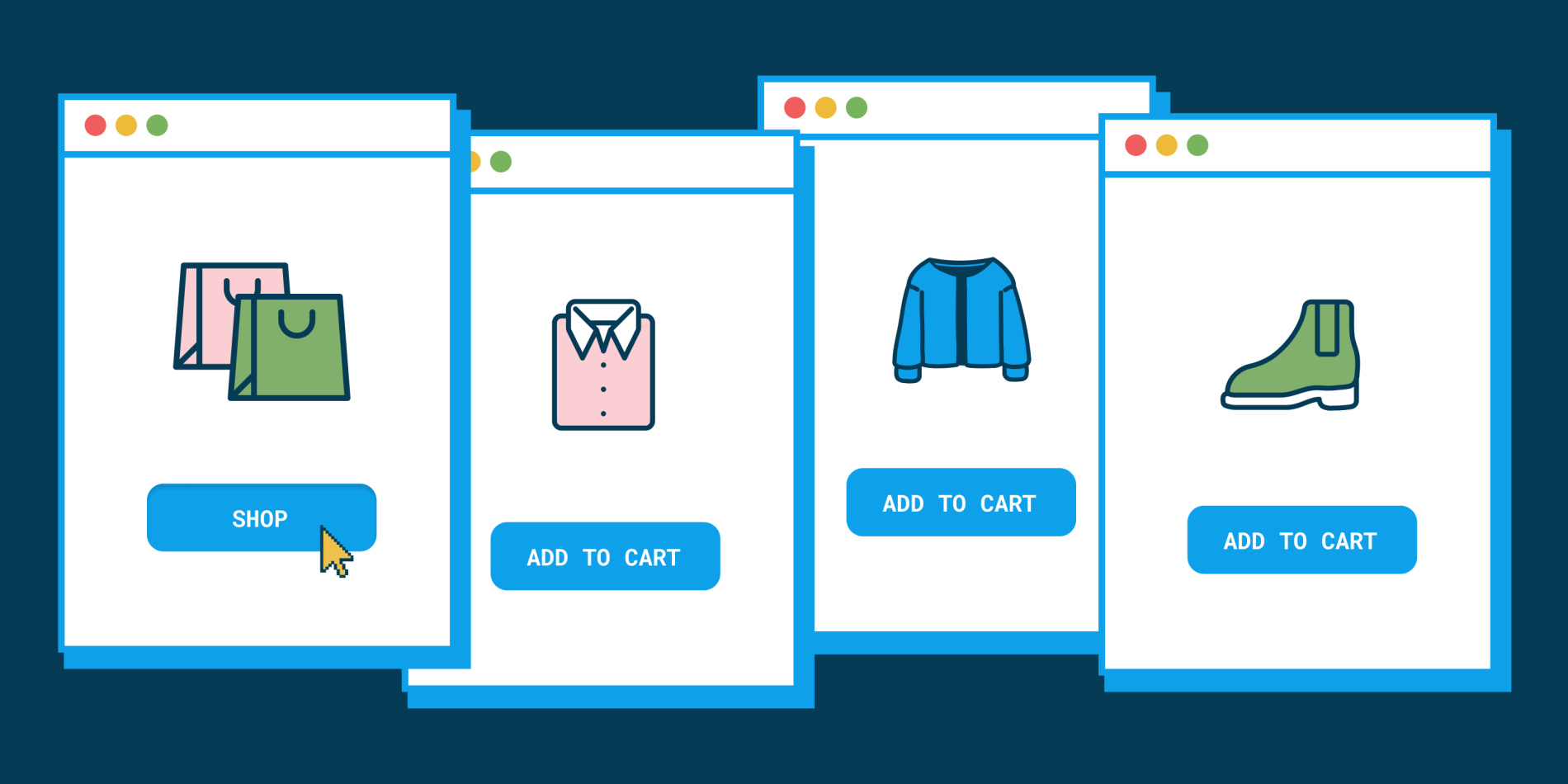
Pandemic pivots: How your fashion business can thrive today
The coronavirus crisis is changing the way we shop—especially for fashion. Store closures, working from home, and social distancing have hurt sales for many brands. But they’ve also forced fashion businesses to adapt in productive ways.
Here are some ways your fashion business can find new opportunities in this environment.
Do more with digital
“Almost overnight, the global fashion industry’s reliance on digital channels has accelerated faster than anyone could have anticipated prior to the crisis.”
The quote, from a Business of Fashion (BoF) report on the pandemic’s impact, reveals a massive shift happening before our eyes. Online sales are critical while stores are closed and as long as many shoppers are uncomfortable shopping in stores. Leveraging an e-commerce platform has never been more important.
But your online store is just the beginning. Fashion companies are using more sophisticated technology to enhance the shopping experience. Virtual assistants answer questions and help make sales at Nordstrom and Kay Jewelers. Augmented reality (AR) is now making virtual fitting rooms possible, and startups like Obsess are helping brands add more AR features to their online stores.
Innovations on social media and in email can also engage more shoppers. Rag & Bone livestreamed its fall 2020 show in February, and more brands will likely do the same while large gatherings are restricted. Marketers at Kendra Scott are mining customer behavior to create personalized email experiences, and the jewelry brand expects to expand these efforts to include SMS, web experiences, and more.
Shift your omnichannel focus
The concept of BOPIS (buy online, pick up in store) has seen a coronavirus twist: curbside pickup. Popular with grocery stores, this approach allows shoppers to collect their purchases without leaving their cars. Other industries are quickly adopting this model as a way to capture sales during the crisis.
In late April Kendra Scott began curbside pickup for 21 of its 23 of its stores in Texas, according to Glossy. “Curbside will be paramount to our success,” said Tom Nolan, president of Kendra Scott.
Sales by phone may also make a comeback as a way to do business without physical contact—call volume has surged due to the crisis. Adding an inbound telesales capability to your omnichannel strategy can boost incremental sales, as it did for home fitness leader Tonal.
Rethink returns, retain customers
Returns have become more complicated due to coronavirus concerns, but your return policy could help boost your bottom line right now.
Adding flexibility to your policy—by waiving shipping costs or lengthening your return window—can ease stress for customers. The improved experience could yield more repeat business. Nearly all consumers (97%) said they would be more likely to buy again from a retailer if they had a positive experience making returns. Offering free returns or exchanges also makes 54% of shoppers more likely to shop online—which could expand your customer base.
You can also try an approach that attracts shoppers while reducing return rates: flexible payments. When shoppers have the flexibility to pay over time, they can feel less buyer’s remorse with the more gradual impact to their wallet, which can lead to fewer returns. Some fashion retailers have seen return rates drop up to 15% after offering Affirm as a payment method.
“We see high-quality customers come through Affirm, resulting in significantly lower return rates,” said Adriana Kwicinski, Digital Marketing Manager for Birdies.
Avoid a recession legacy: deep discounts
Many retailers are currently running discounts to drive sales. This can deliver short-term gains, but too much discounting can also weaken brands and lead to “discount fatigue” among shoppers.
The BoF pandemic report offered a warning: “Companies will turn to steep discounting to clear inventory for the rest of the year at a minimum, with a risk that ‘the contagion of deep discounting could spread as quickly as the disease’ throughout the industry, reminiscent of the discounting culture that took hold during the 2008 financial crisis and has dogged the industry ever since.”
When you reframe prices in terms of budget-friendly flexible payments, it can drive demand for a fraction of the price of discounting—especially when you add interest-free offers. Since mid-March, we’ve seen a 9% increase in fashion sales volume for these kinds of deals with Affirm. Interest-free offers extend savings for shoppers and can increase cart sizes, as shoe retailer Paul Evans discovered. The business saw a 21% increase in average order value and a 140% jump in site traffic by advertising Affirm to its customers.
“We are a luxury brand, and we prefer not to offer price discounts that can cheapen the brand,” said Benjamin Earley, co-founder of Paul Evans. “Instead, we are offering customers a free way to pay over time, at a cost to us that is much less than what we would pay if we gave a price promotion. Our customers love it, and we love it.”
To learn how Affirm can help you drive sales during the coronavirus crisis and beyond, visit our site.


